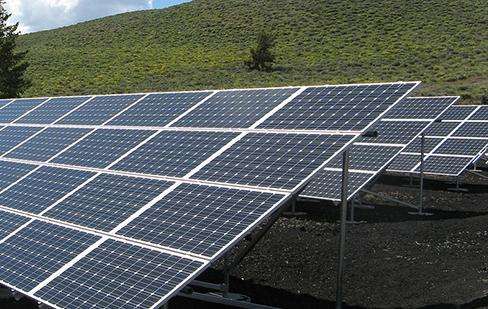No electricity consumption
There are two types of wastewater (hot) in power plants: one is circulating industrial water (which should not be used for swimming); firstly, wastewater discharged from boilers (it contains various dirt and is not suitable for swimming). If it is condensed water, it will be reused in the boiler (usually recovered in the turbine condenser). Such good water will not be wasted.
It is perfectly possible to use the residual heat steam to heat the bath water. Current thermal power plants use this model to obtain social benefits.
The waste hot water produced by thermal power plants is. usually this is boiler steam condensate water, which should be considered distilled water of lower purity. It doesn't seem logical that there is a problem. This type of recThermal energy uperation is widely used to produce hot water in public baths.
First, a correction:
Electricity is generally not stored. According to current scientific conditions, storage is also not profitable. There is also storage, but mass storage is not possible.
There are therefore ups and downs in electricity consumption. How do power plants achieve this?
Through global dispatch, electricity generation is generated according to the amount of electricity consumed, and there will not be too much excess electricity.
According to a friend from the power company, it looks something like this:
The provincial power company has a general dispatcher, and his task is to monitor and to plan the use of the local network. users of the electricity network. After calculating and planning the amount of electricity,a load curve is issued to the power plant, i.e. the power plant is allowed to produce as much energy as it needs. If she produces too much, she is not allowed. If it generates less, it will be evaluated. The general standard is that there will be no assessment below 2%.
It is understood that some power grids will issue power generation instructions to generators every 4 seconds to make corrections. Every 15 minutes, the power grid will uniformly adjust the power generation working conditions of generators throughout the grid. on current charging conditions.
The current accuracy of power grid load forecasting is very high, and there is generally no time when the forecast error is very large. In this way, it is ensured that electricity production and energy consumption are fundamentally balancedes. Generally, the amount of electricity produced is the same as the amount of electricity used, and there is no situation of excessive electricity generation.
Talking about this question, let's first understand the process of electricity generation in power plants and our use of electricity. Under normal circumstances, the three-phase power generated by the power station will be sent to the high voltage line through a step-up transformer. When the high voltage line reaches the user end, a step-down transformer will reach the substation. From the substation, electricity will be transmitted through different transmission lines. The lines are sent to different energy consumers.
The above process shows that there is no electric energy storage process in the whole process of electric energy production, transportation and utilization , so that the electricity generated by the power plant cannot be stored. Usually our power grid is a ring network, and electric power is like running water. If the electrical energy produced has no place on the grid, it will be wasted, even if some hydroelectric plants use it. the peak period to release water and the understate period to pump water and adjust it. The peak-shifting and valley-filling method is used to store electrical energy in a disguised form, but this is after all a minority, and thermal power plants do not have it. way to store it.














